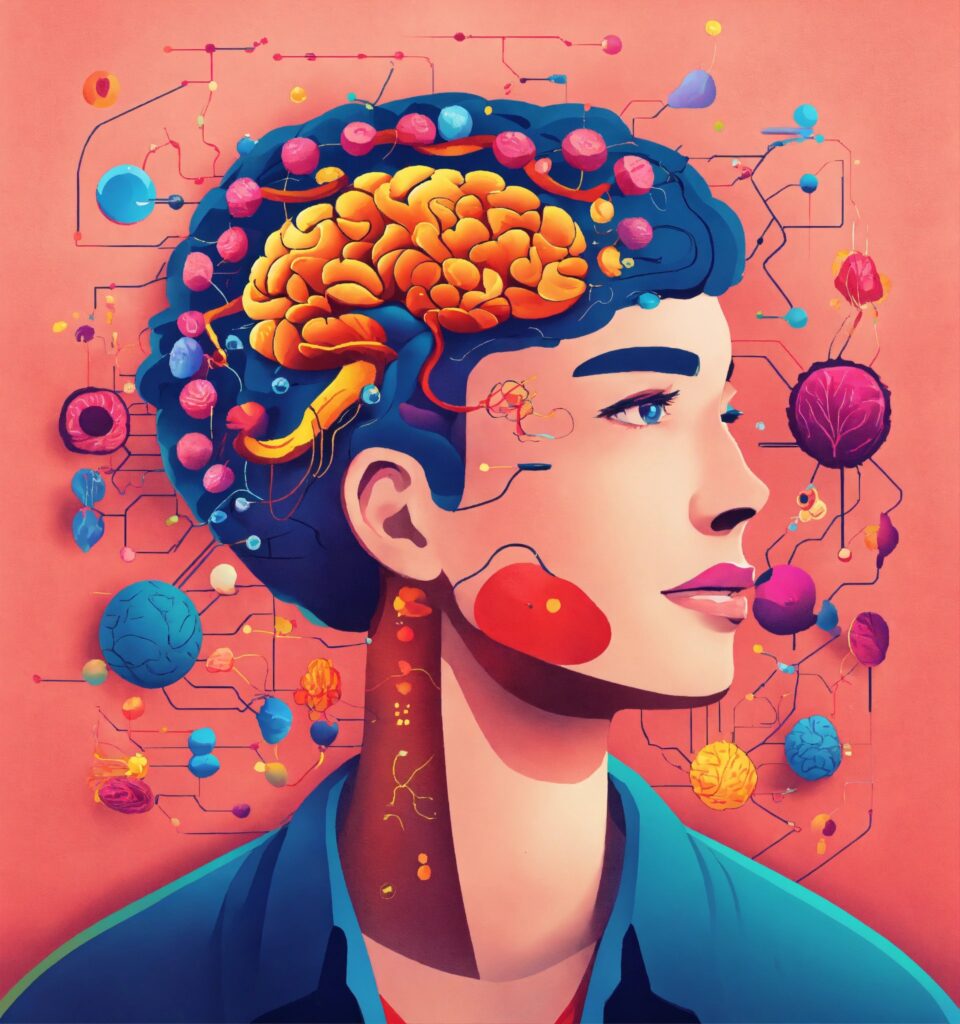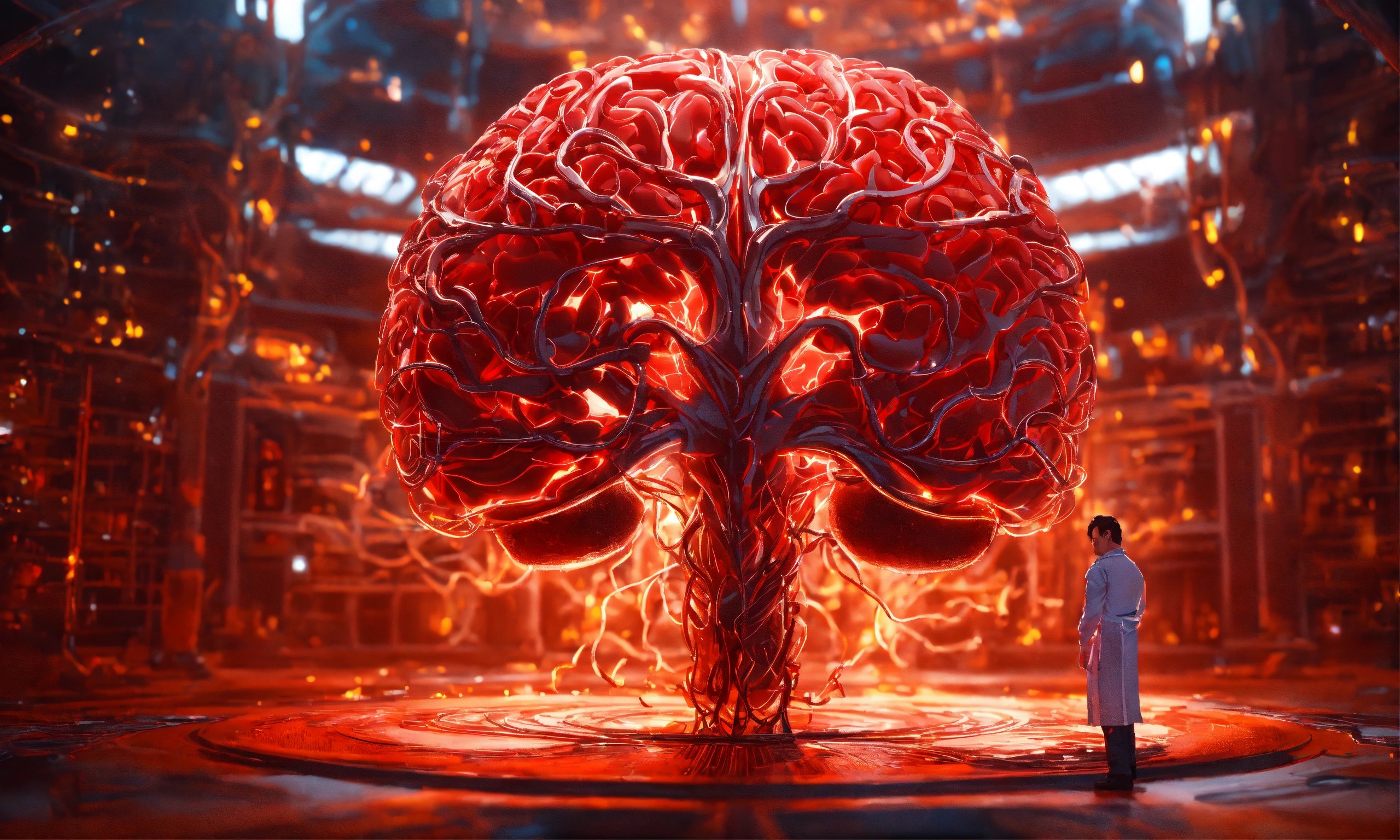Table of Contents
ToggleNeuroplasticity
Dr. Lara Boyd’s TEDxVancouver presentation, “After watching this, your brain will not be the same,” serves as a captivating journey into the intricate workings of the human brain. As a renowned brain researcher at the University of British Columbia, Dr. Boyd delves into the fascinating realm of neuroplasticity, shedding light on how our brains learn, adapt, and recover.
1. The Power of Neuroplasticity: Neuroplasticity, often referred to as the brain’s plasticity, is the brain’s remarkable ability to reorganize and adapt in response to learning, experience, and injury. This concept challenges the traditional view of the brain as a static organ, highlighting its dynamic nature and potential for change throughout life.
2. Three Pillars of Brain Change: Dr. Boyd outlines three fundamental ways in which the brain changes to support learning: chemical, structural, and functional alterations. These changes occur in concert, facilitating both short-term memory enhancement and long-term skill acquisition.
3. Implications for Stroke Rehabilitation: Despite advancements in medical care, stroke remains a leading cause of long-term disability globally. Dr. Boyd emphasizes the need for personalized rehabilitation interventions tailored to individual brain characteristics. By understanding the unique patterns of neuroplasticity in stroke survivors, researchers can develop targeted therapies to optimize recovery outcomes.
4. Personalized Learning: In the realm of education, personalized learning approaches gain traction as educators recognize the diverse learning needs and preferences of students. Dr. Boyd’s research underscores the importance of adopting individualized teaching strategies to maximize learning outcomes and foster neuroplasticity.
5. Lifelong Learning and Brain Health: Embracing lifelong learning and engaging in activities that promote brain health are essential for cognitive vitality and well-being. From learning new skills to maintaining an active lifestyle, every experience shapes the brain’s structure and function, influencing overall cognitive function and resilience.
6. Challenges and Opportunities: While neuroplasticity offers immense potential for learning and recovery, it also presents challenges. Variability in neuroplastic responses among individuals underscores the need for personalized interventions tailored to specific brain characteristics. Dr. Boyd’s research suggests that a combination of biomarkers holds promise for predicting neuroplastic changes and optimizing treatment outcomes.
7. The Role of Behavior: Dr. Boyd emphasizes that behavior plays a pivotal role in driving neuroplastic change. Whether learning a new skill or recovering from a brain injury, consistent practice and engagement are essential for fostering neuroplasticity. Understanding how behaviors influence brain function empowers individuals to take proactive steps towards optimizing their cognitive health and learning potential.
In conclusion, Dr. Lara Boyd’s research offers profound insights into the dynamic nature of the human brain and the transformative power of neuroplasticity. By harnessing the principles of neuroplasticity, we can revolutionize education, rehabilitation, and personal development, paving the way for a brighter future where every individual can unlock their full cognitive potential.













+ There are no comments
Add yours